The beauty and culture of the Mediterranean are prime inspirations for this designer, whose work includes the alexandrite-centric Imperial collection for Rubeus Milano.
Frédéric Mané might be young, but the 37-year-old is already a renowned Parisian jewelry designer. Trained in high-end jewelry houses such as Mathon Paris, he is now self-employed: He has his own design studio in the heart of the French capital, where he does work for private customers as well as international jewelry brands like Rubeus Milano and art manufacturers such as Emaux de Longwy.
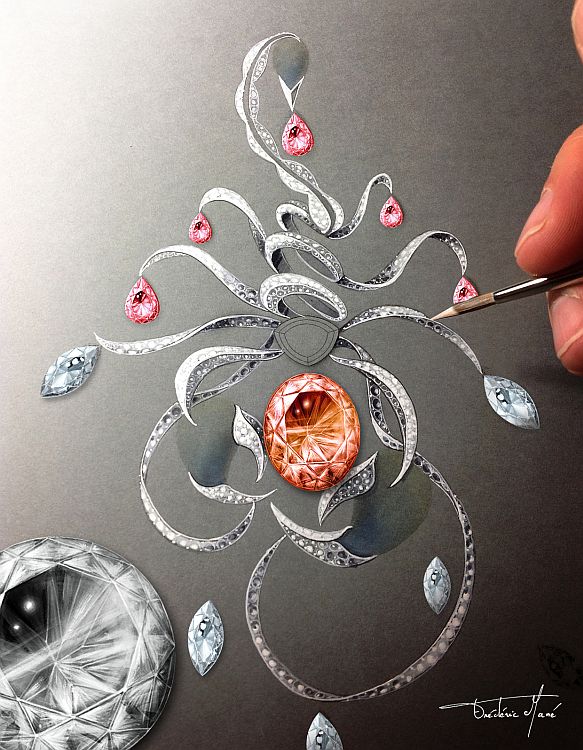
What attracted you to a jewelry career?
I was born in Perpignan, in the south of France, in 1982. I grew up by the Mediterranean Sea, and I spent my childhood between Perpignan, Collioure and Cadaquès — Catalan cities known for famous painters such as [Salvador] Dalí and [Henri] Matisse. Mediterranean cultures are my roots; I grew up with many cultures around Mare Nostrum. My family founded a toy shop in the south of France, and I spent my childhood surrounded by a mesmerizing atmosphere full of tales, legends and art. I think that I was born an artist, and I was always drawing characters [covered in] jewels. I liked creating fantastic universes, and afterward I used to convert my paintings into real objects, sculptures in clay and faceted stones. The jewelry industry was [an obvious choice] for me.
How did you start working in jewelry design?
When I was 18 years old, I decided to move to Paris to study design, and I promptly understood that jewelry and objets d’arts were my destiny. I learned quickly at the Haute École de Joaillerie, [where I studied] jewelry painting techniques. Shortly afterward, I was hired as head designer for six years at Mathon Paris, a significant family atelier that works for Place Vendôme [brands, as well as producing its own creations].
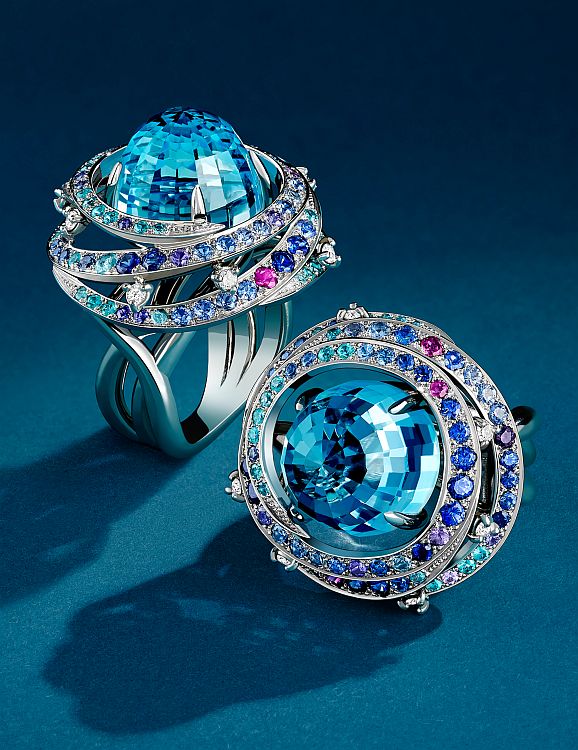
When and why did you decide to become independent?
For four years now, I’ve been an independent designer. I have my own design studio in Paris, and I collaborate with luxury groups while maintaining a deep relationship with Parisian jewelers and international signature brands. [I have] strong, broad experience in design, particularly of jewelry and of precious objects and accessories. [In addition], I founded the Orchestre Joaillier, a community of jewelers. More than [just a forum for] design, it’s a manifesto for a new generation, and I am very proud to share projects [centered] around common values.
What are your sources of inspiration?
The basis of my inspiration is my Mediterranean roots, the world of the sea, and the light upon the Mediterranean. And of course, its [ancient] legends, which are so inspiring.
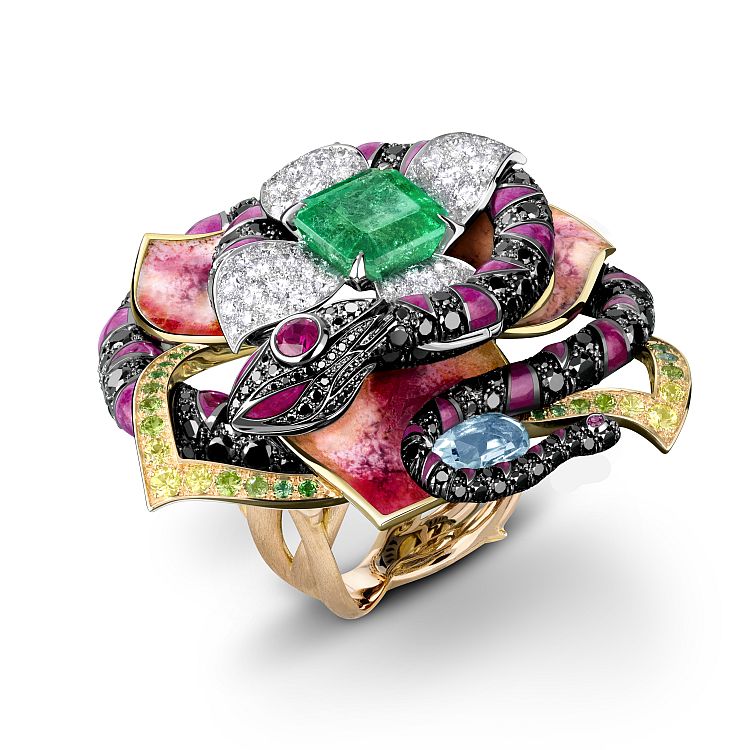
How would you define your style?
I like to mix those roots with new influences from the world and pop culture. It’s very important for me to listen and understand my customers, their dreams and goals. I am a sort of chameleon, able to convert many influences and sometimes opposing ideas into a jewelry masterpiece.
What gemstones fascinate you most?
Opals and alexandrites are among my favorites. I was lucky that the collectors and founders of Rubeus Milano — Nataliya and Viktor Bondarenko — invited me to create a full collection around the biggest and rarest alexandrites in the world. Alexandrite from Russia is the best color-change stone, naturally moving from green in daylight to purple under incandescent light.
Which piece of jewelry was the most challenging, from design to realization?
I had the opportunity to associate my signature with…Rubeus Milano’s high-end jewelry collection [at the Musée des Arts Décoratifs (MAD) in Paris]. The Imperial necklace for this brand was the most challenging piece I had to create. It was crazy to design a full high-end jewelry [collection and have it made to standards] in six months, mixing alexandrites [with] carved rock crystal, black titanium, gold and diamonds. Each necklace has six options for transformation; you can convert each piece into a brooch or earrings…. As designer, I had a free hand and no budget limit — it was a unique opportunity in my life.

Which jewel are you the most emotionally attached to?
The signet ring of my great-grandfather, a big and opulent men’s ring combining a blue sapphire and diamonds; our family name is engraved inside. Beyond the value, it’s a testimony of the story of my family, full of inspiring destinies and very strong personalities.
Who are your muses and mentors?
My mother and grandmothers are muses, my father and grandfathers mentors. I grew up by their sides. I am so grateful for them. I have a deep respect for them; they always believed in me.
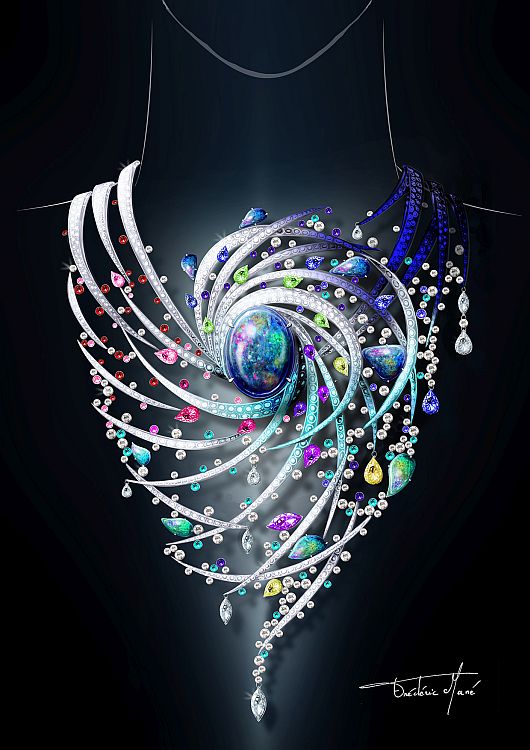
What are you working on at the moment?
I am working on a project of unusual timepieces and rule-breaking objets d’arts for a new company — a fantastic collaborative project with my partners in crime Jothi Séroj Ebroussard and Anouck Veyret. Also, I am preparing an opulent and glamorous new collection for Rubeus Milano for 2021.



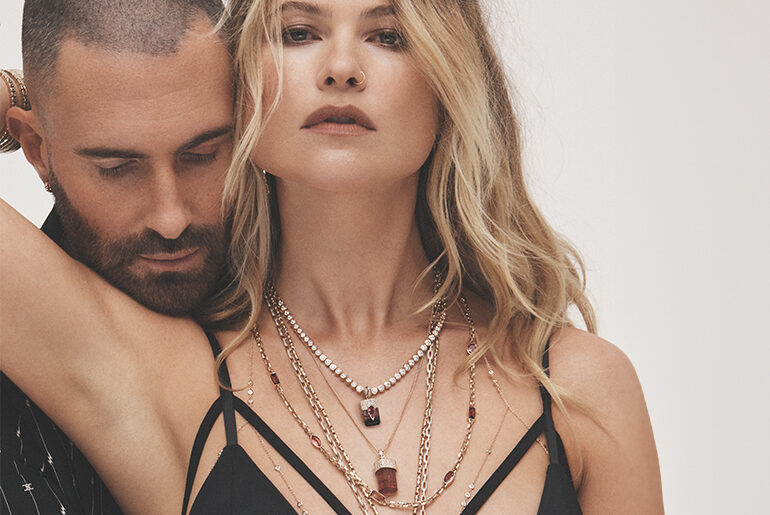
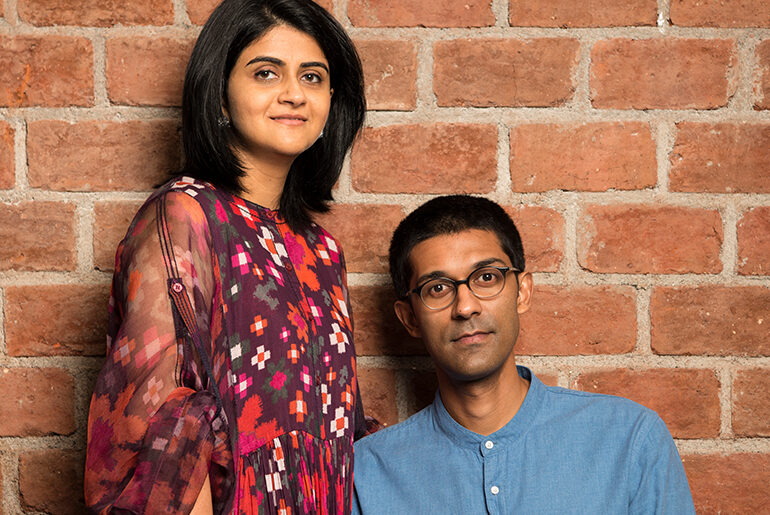
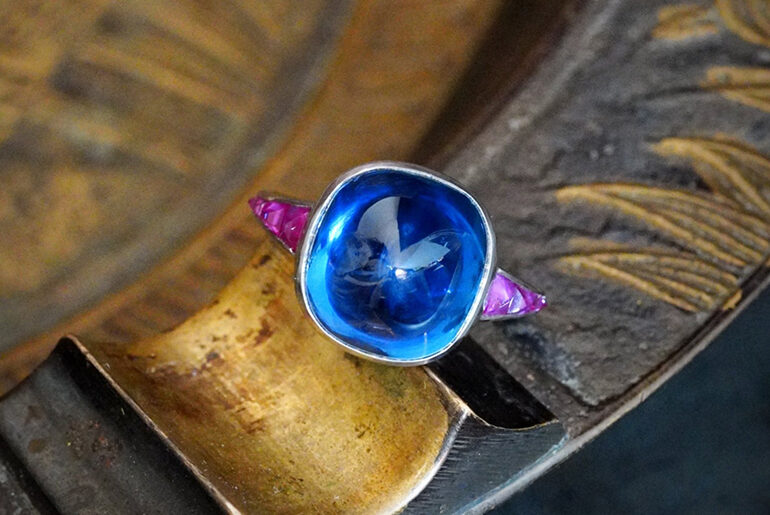
Comments are closed.